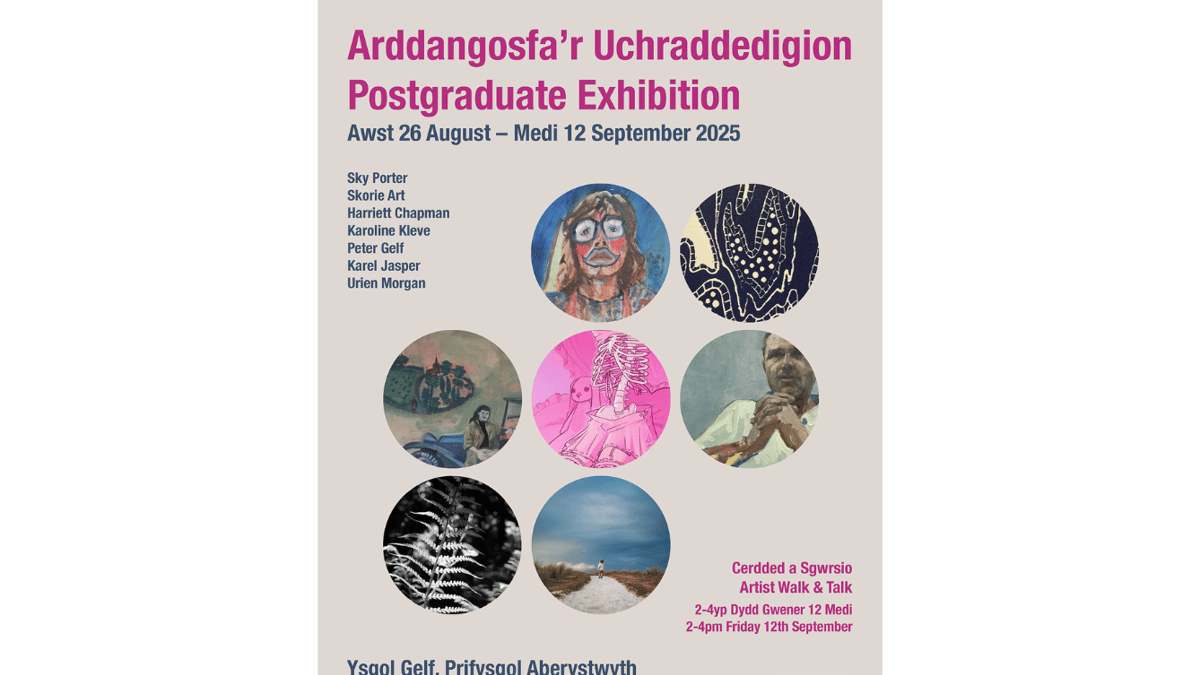An aerial view of the park that replicates the look of Vincent van Gogh’s painting “The Starry … [+]
The vibrant rolling sky in Vincent van Gogh’s painting “The Starry Night” has come to life on the ground as a park that mimics the iconic artwork through intricately landscaped fields of plants, trees, lakes and spiraling footpaths.
Halim Zukic, a businessman in in Bosnia and Herzegovina, came up with the idea for replicating “The Starry Night” in a natural setting after purchasing a verdant plot of land near his hometown of Visoko two decades ago. He started landscaping the property back then with the intent of creating a retreat space, but his van Gogh vision came into focus 14 years later, when he spotted a meadow imprinted with tractor wheel tracks reminiscent of the patterns in the artist’s 1889 painting.
It was then the entrepreneur and avid art enthusiast shifted his creative direction. He decided he wanted to duplicate the Dutch post-impressionist’s creation outside, in three dimensions, as a kind of open-air museum and site of respite and reflection.
That dream has materialized into a sprawling, 25-acre replica of “The Starry Night” near Sarajevo. The Starry Night park, as he calls the walkable reproduction, is part of a larger, 172-acre retreat center where programs will promote central Bosnia’s cultural heritage. Starry Night Retreat is scheduled to open in May 2025.
“I see this retreat as a unique space where nature and art come together in a profound way,” Zukic, who personally funded the project, said in an email.
An up-close look at the Starry Night park. “Throughout the space, there is not a single straight … [+]
Along with a team of around two dozen gardeners, Zukic recreated “The Starry Night” predominantly using 130,000 lavender bushes in six shades of purple from deep to soft. Complementing the lavender are an array of medicinal and aromatic herbs that include chamomile, echinacea, sage and wormwood.
“Construction machinery served as our brushes, and our colors were plants,” Zukic said. “Throughout the space, there is not a single straight line.”
An aerial view of the park shows how it mimics the painting’s motifs. From afar, the tones look muted, but up close they have a vibrancy that echoes the brilliant blues and yellows of van Gogh’s painting.
“Everything was created spontaneously, step by step, by myself and my amateur team,” said Zukic, who formerly owned an insurance company. “As a result, some actions were repeated multiple times to achieve a complete harmony of shapes and strokes.”
Halim Zukic in the park he modeled after “The Starry Night,” one of Vincent van Gogh’s most … [+]
“The Starry Night” is one of the world’s most recognizable works of art. The oil on canvas depicts the view from the east-facing window of van Gogh’s room at an asylum in Saint-Rémy-de-Provence in southern France. The artist, known to have struggled with his mental health, painted it the year before died of a self-inflicted gunshot wound at age 37.
The painting is “both an exercise in observation and a clear departure from it,” says New York’s Museum of Modern Art, where the original painting resides. The vision took place at night, yet the painting, among hundreds of artworks van Gogh made that year, was created in several sessions during the day, under entirely different atmospheric conditions.” The village seen in the painting’s foreground sprung from van Gogh’s imagination, as it couldn’t be seen from his window.
Vincent van Gogh painted “The Starry Night,” one of his most famous paintings, in June 1889 while at … [+]
Van Gogh’s life and work continue to enthrall the public more than 130 years after his death. The traveling multimedia exhibit Immersive van Gogh steeps visitors in 65 million pixels of the artist’s most famous works through digital projection, animation, light and music. And last year, an AI-powered digital doppelganger of the artist answered Musée D’Orsay visitors’ questions as part of an exhibit focused on the final two years of his life. That was a highly productive period during which van Gogh delivered more than 74 paintings and 33 drawings, including the one that now lives on in the fields of central Bosnia as an homage to van Gogh, and to unfettered imagination.
Zukic and a team of gardeners recreated “The Starry Night” using 130,000 lavender bushes in six … [+]






